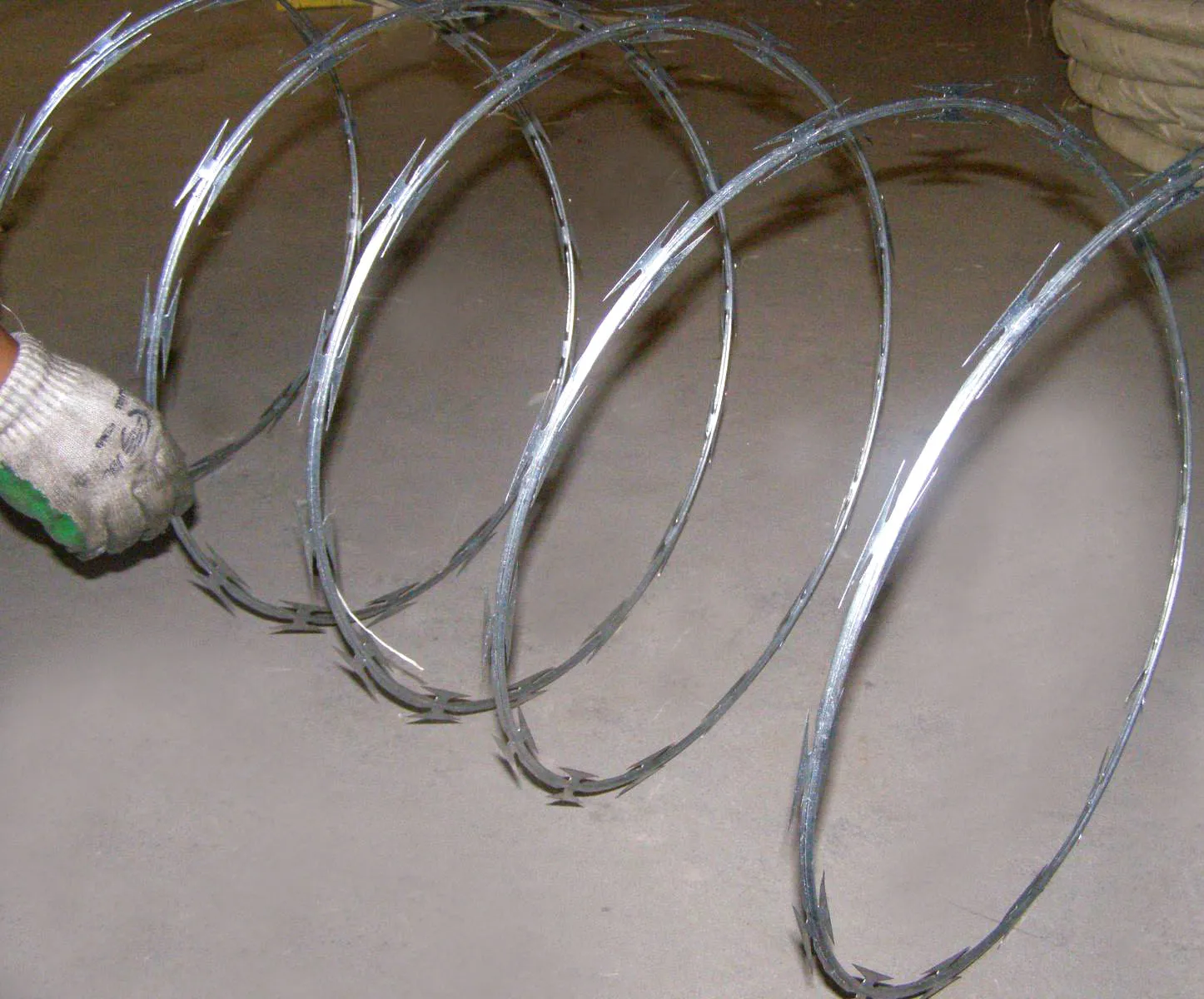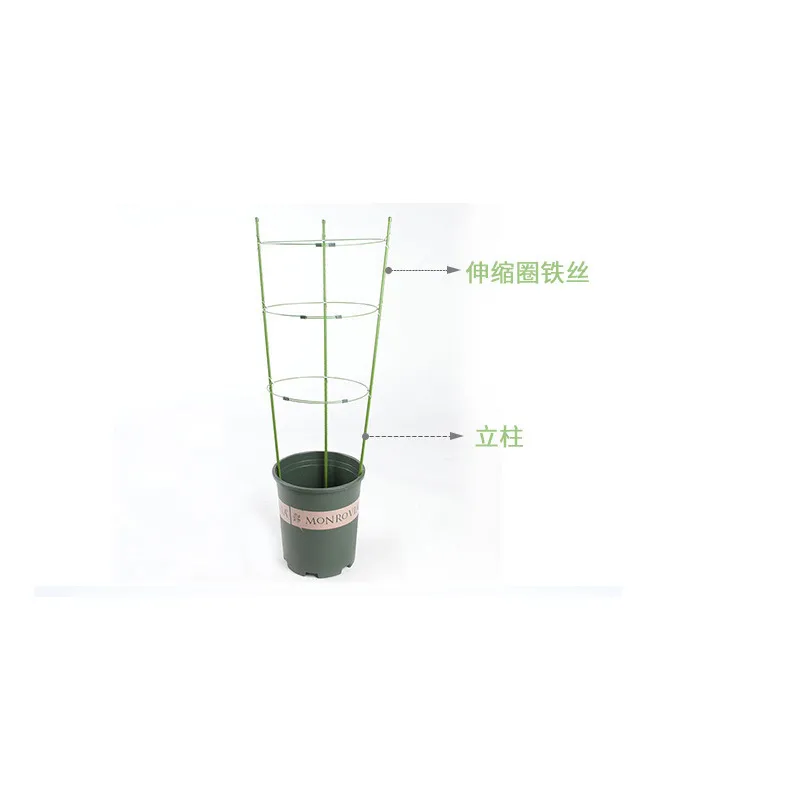

The application of concrete nails spans various tasks, from installing furring strips, brackets, or shelving to securing crates and temporary structures. They are invaluable in attaching wood to concrete, a necessary task in constructing wooden frameworks or mounting baseboards. In renovation projects, concrete nails help fasten transition strips or thresholds between flooring surfaces for a seamless, professional finish. Concrete nails, when selected and used appropriately, ensure a high level of security and longevity in any project involving hard surfaces. However, their success doesn’t solely depend on the nails themselves but also on the methods employed to install them. Thus, mastering the installation technique enhances not only the aesthetic appeal but also the functional reliability of the tasks completed. Poor quality nails or improper installation can lead to failures such as loosening over time, leading to a compromised fixture and potential safety hazards. Investing in quality materials from reputable suppliers guarantees that the nails used are up to the task, minimizing the risk of these issues. Reliable manufacturers provide nails that adhere to standards required for safety and performance, contributing to the overall credibility and success of your project. Ultimately, thorough understanding and preparation are the cornerstones of using concrete nails effectively. Applying professional techniques and relying on high-quality materials not only optimize the performance of your construction or renovation project but also reflect expertise and dedication to quality outcomes. Whether you are a seasoned professional or a novice DIY enthusiast, leveraging these insights will guide you in achieving secure, durable results with concrete nails every time.

















